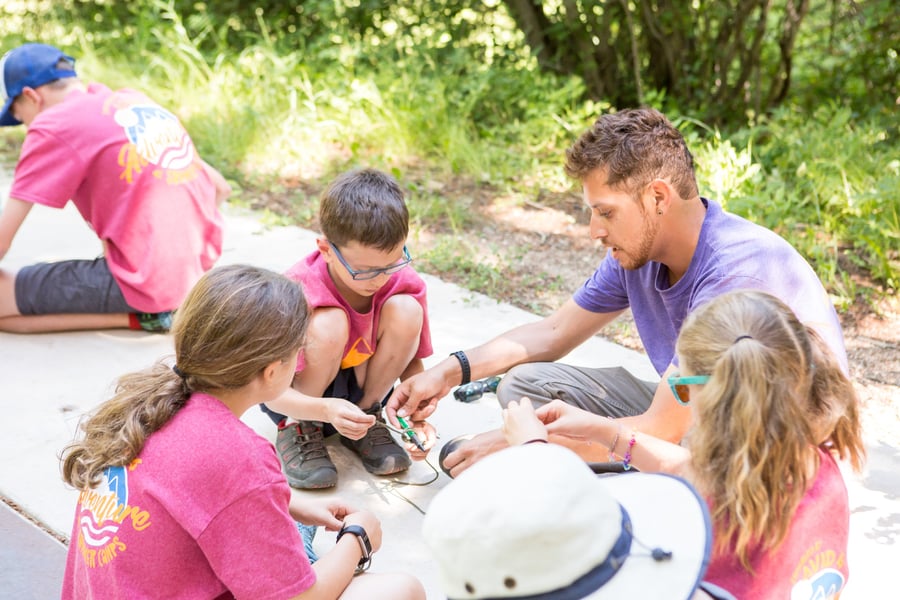1. Explain what inclusive language is in simplistic terms:
It is a tool to choose words and phrases that are respectful of all people.
2. Explain the WHY:
Inclusive language is welcoming to all people—particularly those who identify with communities that have been underserved and underrepresented—to feel accepted and supported in their beliefs, backgrounds, and identities. It also helps us connect in our diverse communities.
When it comes to kids, feeling included and accepted for who they are is crucial.
3. Give them examples (gender pronouns, sexuality, race, ethnicity, bodies, families, etc):
Present examples ahead of time, or address them when your child says or acknowledges examples of non-inclusive language. Here are some examples that we use at Avid4 Adventure camp:
- Addressing a group by saying y’all, friends, team, etc. We are so used to addressing a group of people as “guys”—gender-neutral language is better.
- Using the gender pronoun that a person self-identifies as (he, she, they) when referring to them. Don’t ASSUME you know which pronouns a person prefers. Wait for the individual to use a pronoun, and then follow their cue of what you should use.
- Using language that acknowledges that all family sizes and make-up are different by saying “guardians” or "loved ones” when referring to family. It’s easy to say things like, “Tell your mom about happened at camp today…” or “Is your mom or dad picking you up today?” Again, assumptions can land hard on a child who might not have parents or might have two moms/dads, etc.
- Avoid words that degrade or stereotype people based on their race or ethnicity. Ensure that we are not assuming a person’s background based on their appearance, speech, etc.
- When talking about and engaging in physical activity, celebrate all shapes and sizes of bodies because there is no such thing as an ‘ideal’ body type for outdoor recreation!
4. Be a support system when they’re trying!
Model inclusivity in your language and let them know that it is ok to make mistakes! Deconstructing implicit biases and social norms in our minds isn’t easy and it takes practice and patience to adopt inclusive language.
Teaching children about inclusive language is by no means the end goal of diversity and inclusion. There are many steps that we as outdoor educators, parents and guardians, and others can take to create a more inclusive society. However, it's a starting point to provide our youth with tools to help them strengthen communities where more people feel heard, respected, and connected to one another.
To learn about Avid4 Adventure's commitment to creating and maintaining a culture of inclusivity, click the link below.
If you are interested in learning more about inclusive language, please visit the resources listed below:





 Login
Login
 Store
Store
 Help Center
Help Center






